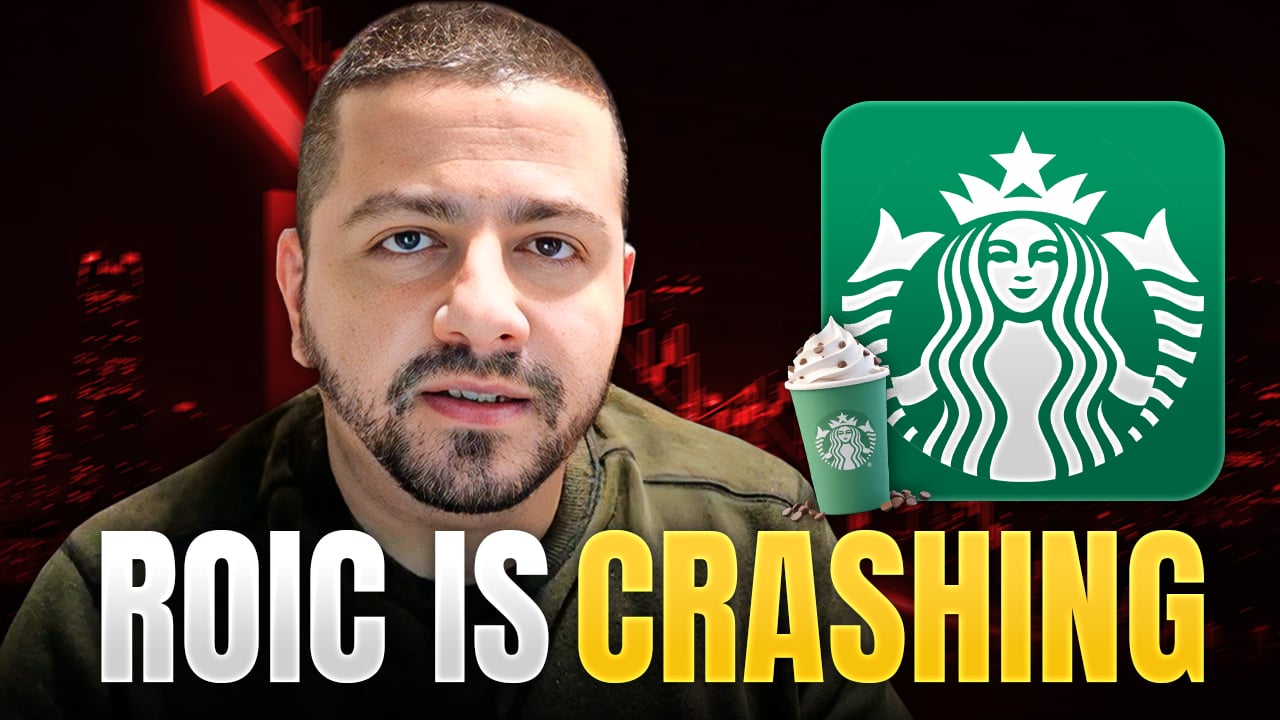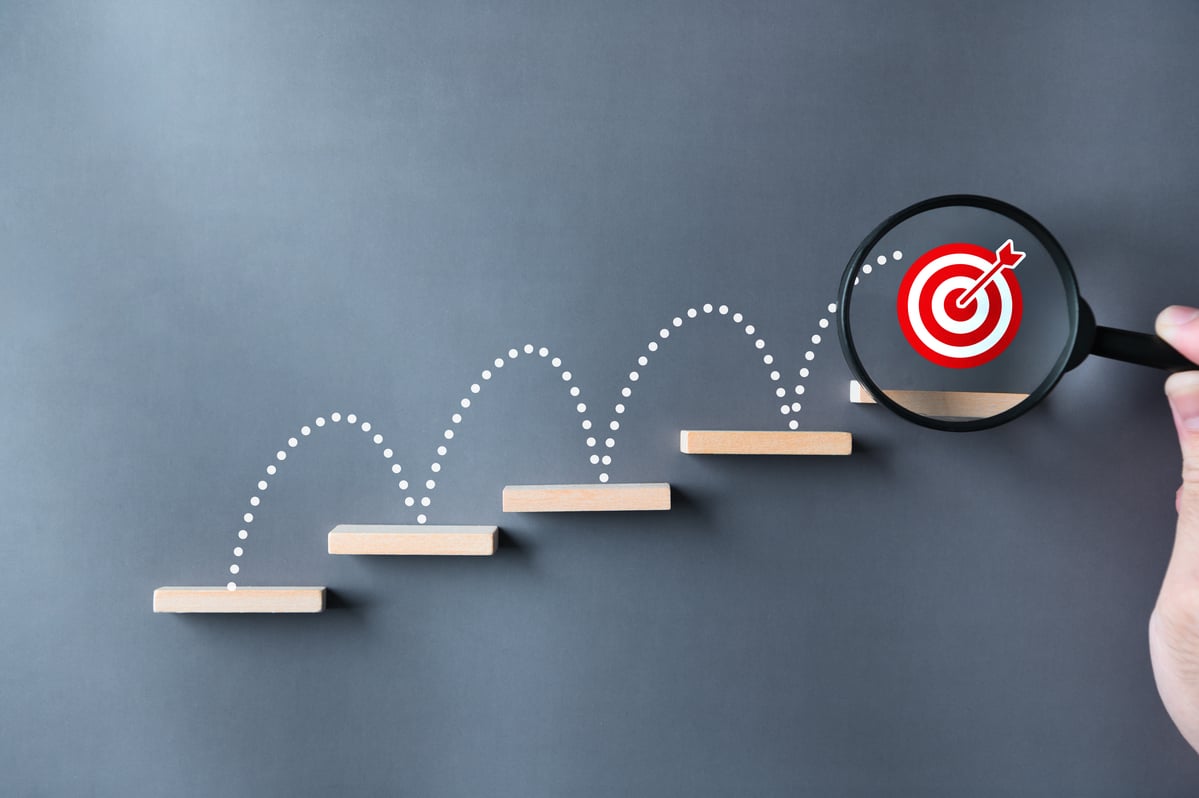Starbucks (SBUX +0.85%) reported its fiscal third-quarter results, and global same-store sales slumped once again. It was the sixth straight quarter the company has seen its comparable-store sales decline.
However, it's taking action to try to boost sales. This includes implementing a Green Apron Service model, which aims to create consistent, repeatable standards across its coffee shops. Starbucks said stores that have implemented the model have already had improvements in transactions, sales, and customer service times. It plans to roll out the model to all U.S. company-owned stores in mid-August.
It's also begun to remodel stores, and to upgrade its mobile app and mobile ordering system to help improve the customer experience. It will also introduce protein cold foam add-ons for drinks, coconut-water-based beverages, and new baked goods, all to entice customers to spend more at its stores.
However, this is all coming at a big cost. Starbucks is spending around $150,000 per store on its remodeling program. The bigger cost, though, is its investment in additional labor, which it said will add $500 million in annual costs over the next year. High labor costs have already been taking a bite out of operating margins and profits. In Q2, adjusted operating margins contracted by 660 basis points to 10.1%, as store operating expenses climbed 13.5% year over year, and accounted for 45.9% of sales compared to 42% a year ago.
This was necessary to help fix Starbucks' problems, but could also change its profitability profile. The company said it's working on reducing costs throughout its business to help offset the additional labor costs. CEO Brian Niccol said that he didn't think the company was over-earning previously, and that 2019 serves as a good road map to where operating margins can return. However, he eventually wants to exceed pre-pandemic operating margins.

NASDAQ: SBUX
Key Data Points
Same-store sales remain negative
Starbucks' global same-store sales fell 2%. Global traffic dropped 2%, while there was a 1% increase in the average ticket. In North America, comparable-store sales also fell 2%, with traffic down 3%. International same-store sales were flat, with traffic increasing 1% and the change in average ticket down 1%.
Starbucks' second-largest market, China, saw same-store sales rise 2%, with a 4% decline in average ticket and a 6% increase in traffic. The company is currently looking for a strategic partner to team up with for its China business, although it said it wants to keep a meaningful stake and that it will only make a deal if one makes sense.
Overall sales climbed 4% to $9.5 billion, as it continues to add new stores, but adjusted earnings per share (EPS) plunged 46% to $0.50. The revenue number was ahead of analysts' estimates of $8.82 billion, as compiled by LSEG, but EPS missed the $0.65 consensus.

Image source: Getty Images.
Is Starbucks a buy?
Niccol made the tough but necessary move to hire more baristas and improve the guest experience at Starbucks. While there hasn't been a huge uplift in same-store sales yet, there are early signs that things are improving.
That said, the cost to make these changes is evident and has greatly compressed operating margins and sunk profitability. Increased same-store sales should help improve operating leverage by spreading the cost over a larger revenue base, but the company also plans to continue adding a lot of labor costs. Whether it can restore its operating margins will go a long way in determining where the stock will head in the next few years.
From a valuation standpoint, Starbucks is not cheap, trading at a forward price-to-earnings (P/E) ratio of about 32 based on analysts' estimates for fiscal 2026 (which ends in September 2026). I do think a turnaround is in the works and progressing. But given the cost of the turnaround and the stock's valuation, I'd prefer to remain on the sidelines for now.





